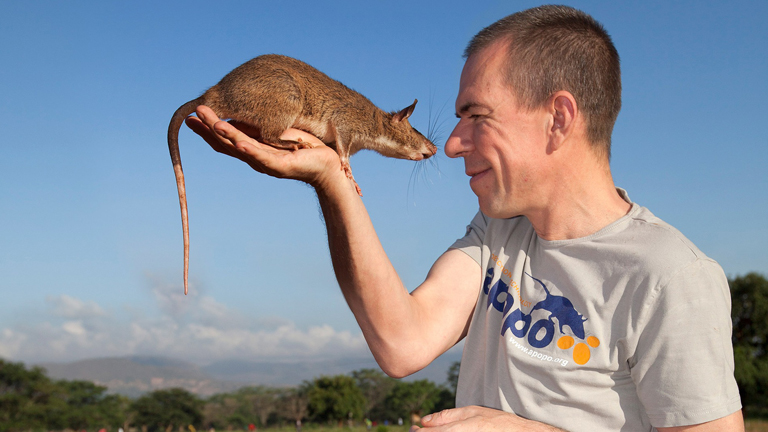
Passive perception: Do humans and rats react similarly to unexpected situations?
Neuroscientists compare event-related potentials in humans and rats.
Due to their different sensory and cognitive abilities, there are few studies in which humans and rats are confronted with the same tasks. A team of neuroscientists from Ruhr-Universität Bochum and Heinrich-Heine-University Düsseldorf has found a way to compare the brain reactions of humans and rats in the same task with the help of electroencephalography (EEG). The researchers published their findings in the journal Brain Structure and Function.
The study was based on recordings of event-related potentials (ERPs), waveforms in the EEG that occur directly after an event such as a sensory stimulus. For their investigation, the researchers chose a special stimulus – the so-called oddball paradigm. In the process, the test person is presented with the same object several times in succession. At some point, an object that is clearly different from the others is presented; that is the “oddball”.
In the current experimental setup, the participants did not look directly at the objects, but only perceived them in the background of their field of vision while engaged in another activity. For humans, this was a simple distraction task, whereas the rats were allowed to drink fruit juice to distract them. As soon as humans and rats were presented with the oddball, the expected event-related potential showed in their EEG.
The researchers found that the rats differentiated more clearly between new and repeated stimuli, while humans showed a more gradual adaptation to the new situation. The bottom line, however, shows that humans and rats display similar patterns of brain activity when they passively perceive visual stimuli.
